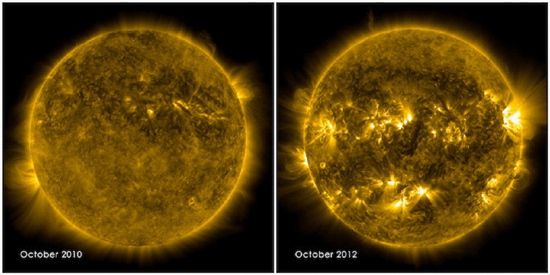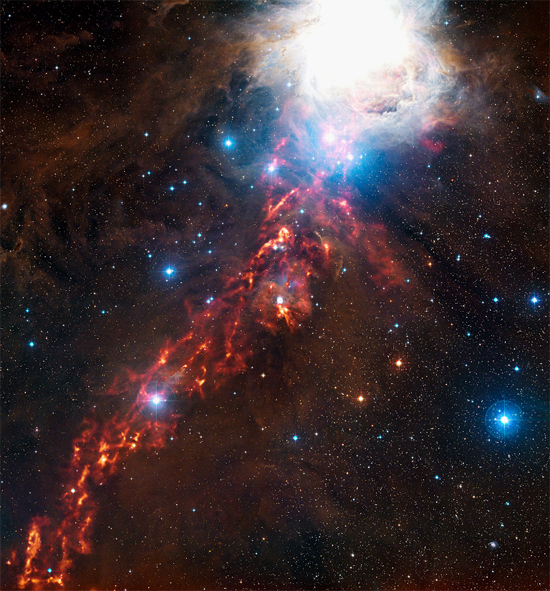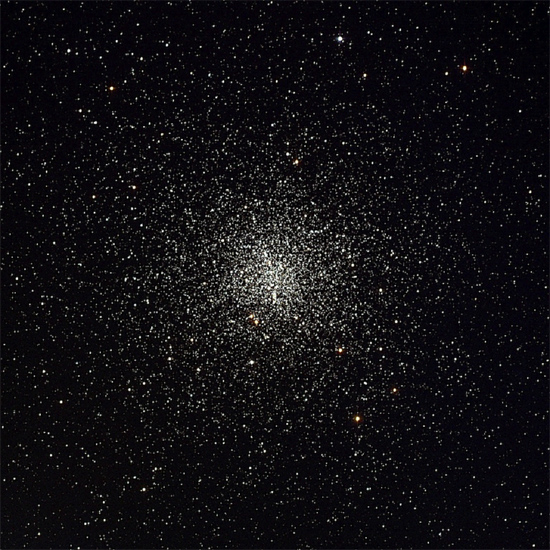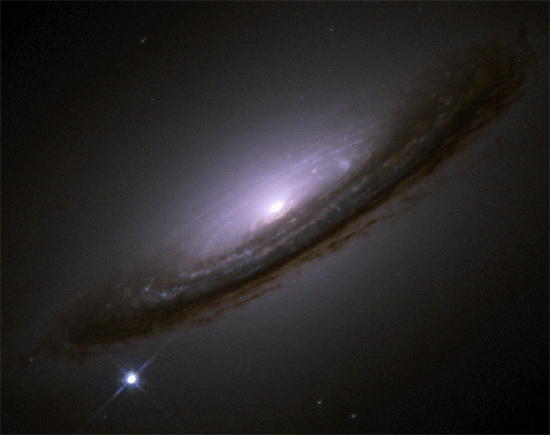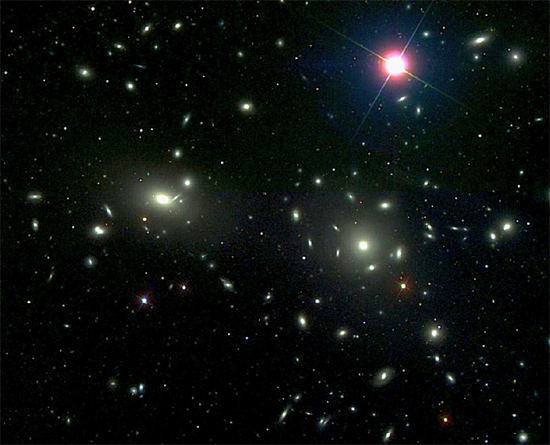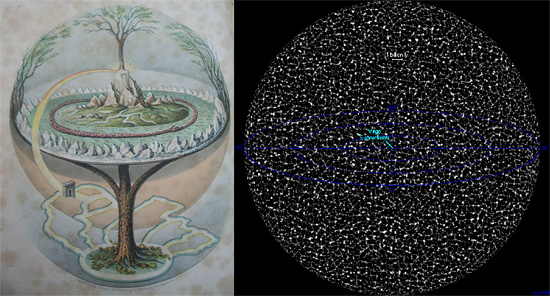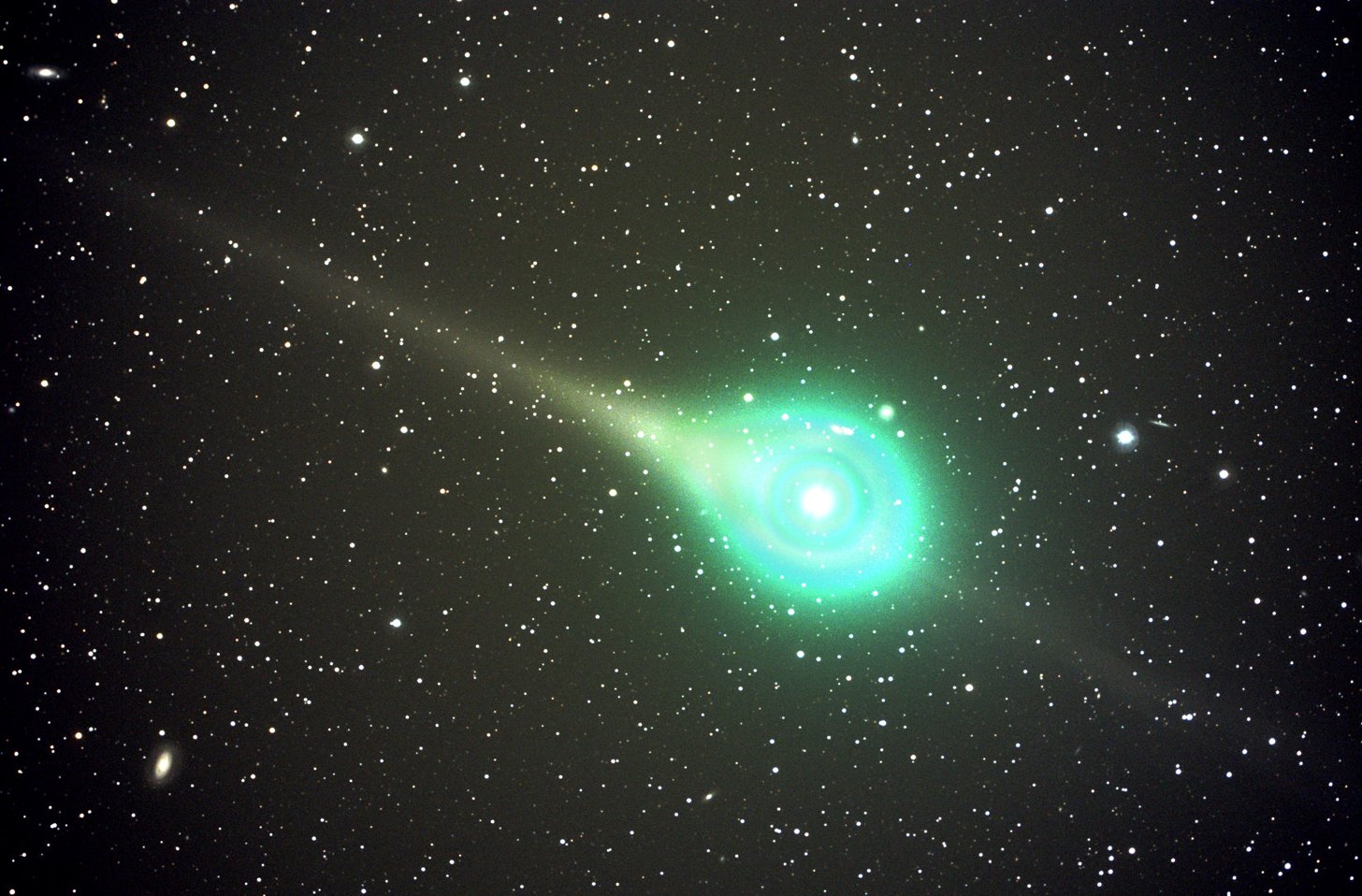Gaslights in the Radio Age
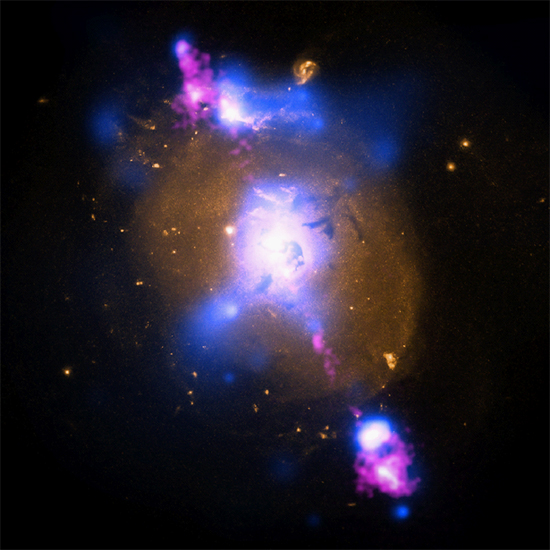
Jul 03, 2013 Modern instruments enable astronomers to look at the universe in wavelengths of light beyond human biological limitations. Astronomers are surprised that the x-ray and radio images are different from what they expected. Although they’re looking in a different light, they’re still seeing—trying to understand—with the same…





